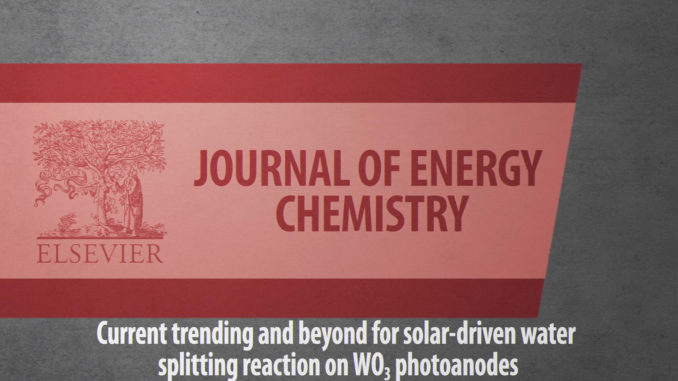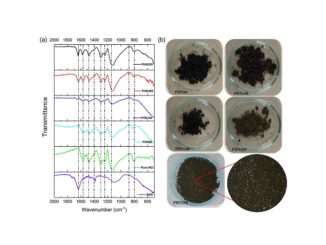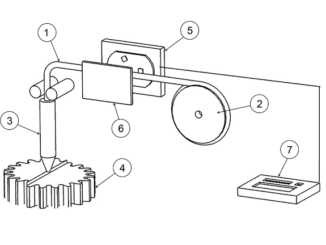
Current trending and beyond for solar-driven water splitting reaction on WO3 photoanodes
Abstract: This review shows the importance of WO3 photoanode as a potentially low-cost, efficient, stable, and photoactive material for light-driven water splitting. For such, this manuscript aims to review the most recent publications regarding the strategies to improve the phoelectroactivity of WO3 films for water oxidation. In addition, this review aims to graphically highlight and discuss the general trendings of the photocurrent density response and stability test of the recent outstanding studies in the literature for photoelectrochemical water splitting application. The strategies covered in this review will not only concern the WO3 morphology and crystal plane growth, but also the many arrangements possibilities to improve the WO3 efficiency for water photoelectrooxidation, such as defect engineering based on oxygen vacancies, doping, decorations, and homo and heterojunctions. All these strategies are compared by the photocurrent density results and by the stability of these photocatalysts. The best results in this sense were observed in cases where the use of heterojunction was applied together with a desired morphology and crystal plane of the WO3 photoanode. However, the modifications that caused a decrease in the photocurrent density reaching values that are even lower than the pure WO3 were also discussed. In this way, this review intends to improve the knowledge about the synthesis and design of WO3 photoanodes to further obtain an efficient photocatalyst to minimize the recombination losses or losses across the interfaces and improve the photoelectroactivity for water splitting in the large-scale application.
Author(s): Costa, M.B.; Araújo, M.A.; Tinoco, M.V.L.; Brito, J.F.; Mascaro, L. H.
Journal of Energy Chemistry
Published: October 2022, Volume 73, Pages 88-113
DOI: https://doi.org/10.1016/j.jechem.2022.06.003
CDMF
The CDMF, hosted at the Federal University of São Carlos (UFSCar), is one of the Research, Innovation and Dissemination Centers (RIDC) supported by the São Paulo State Research Support Foundation (Fapesp), and also receives investment from the National Council Scientific and Technological Development (CNPq), from the National Institute of Science and Technology of Materials in Nanotechnology (INCTMN).




